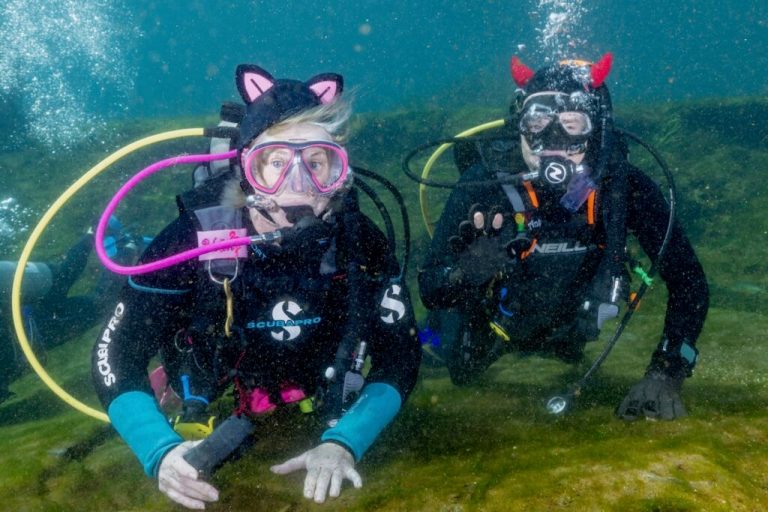5 famous burials in Mobile you need to know about
Reading time: 4 minutes

The oldest city in Alabama is accompanied by deep and rich history. Want to pay homage to the famous folks who impacted the Port City’s story? Then keep reading to learn more about these five famous burials in Mobile.
Church Street Graveyard

As the oldest cemetery in Mobile and our first stop, Church Street Graveyard is the final (and supposedly haunted) resting place of several influential figures in Mobile’s History.
- Location: Church St., Mobile, AL 36602
- Hours: Sunday-Saturday 8AM-4PM
1. Joe Cain

Joe Cain was an influential Mardi Gras revivalist and is known as the founder of the modern Mardi Gras celebrations that we enjoy in Mobile today.
Cain’s grave may be the most famous in the city. After all, he does have an entire day of celebration dedicated to him.
- Died: 1904
- Fact: Joe Cain was originally buried at Odd Fellow’s Cemetery, but was moved to Church Street Graveyard in 1966.
2. Eugene Walter

Eugene Walter was a poet, actor, author, screenwriter, chef, and the list goes on. Known as “Mobile’s Renaissance Man,” there was almost nothing that he hadn’t done.
Walter helped launch the magazine The Paris Review and was an actor in many of the Italian director Federico Fellini’s films.
- Died: 1998
- Fact: Eugene Walter claimed to carry a shoebox full of Alabama red clay with him through his travels.
Magnolia Cemetery

The second-oldest cemetery in Mobile is our second stop, but it still takes the first place prize when it comes to size.
Magnolia Cemetery is the largest cemetery in Mobile, spanning 120 acres and the final resting place of at least 100,000 people.
Many of the burials of Magnolia Cemetery remain undocumented due to the yellow fever outbreak that led citizens to large mass burials.
- Location: 1202 Virginia St, Mobile, AL 36660
- Hours: Sunday-Saturday 6AM-7PM
3. Josiah Clark Nott

Josiah Clark Nott is best known as one of the first people to figure out that mosquitos spread yellow fever and the founder of the first Alabama medical school.
Despite his notable attributes in medicine, Nott was one of many in the South who perpetuated misinformation and racism towards the Black community of both free men and those enslaved.
- Died: 1873
- Fact: Four of Nott’s kids died within the same week due to yellow fever.
4. John LeFlore

John LeFlore was a civil rights activist right here in the heart of Mobile who played a pivotal role in the desegregation of local schools, reinvigoration of the NAACP of Mobile, and in the founding of the Non-Partisan Voting League after the NAACP was banned in Alabama.
Though he died during his term due to a heart attack, John LeFlore was elected to Alabama’s House of Representatives.
- Died: 1976
- Fact: A high school in Mobile is named after LeFlore.
Old Plateau Cemetery

The Old Plateau Cemetery, also known as the Africatown Cemetery, is our last stop and probably contains the grimmest history in Mobile tied to the very last known slave ship.
Africatown was founded by the survivors of the Clotilda, the last slave ship to come to America, after the former enslaved realized they were unable to raise enough money to return to Africa. The Old Plateau Cemetery houses some of the oldest graves of these survivors.
- Location: Bay Bridge Cutoff Rd, Mobile, AL 36610
5. Cudjoe Lewis

Cudjoe Lewis was the last known survivor of the Clotilda and a founder of Africatown. He very well may be the most significant burial in Mobile.
Zora Neale Hurston, famous for her novel Their Eyes Were Watching God, wrote Barracoon based on his life and experiences.
- Died: 1935
- Fact: The grave marker for Lewis doesn’t actually mark his remains. Where his remains are located on the plot is unknown.



